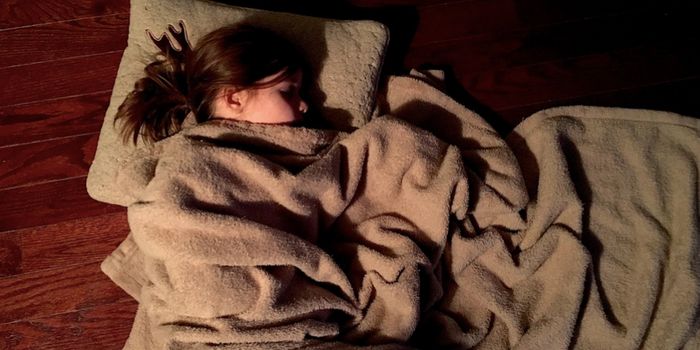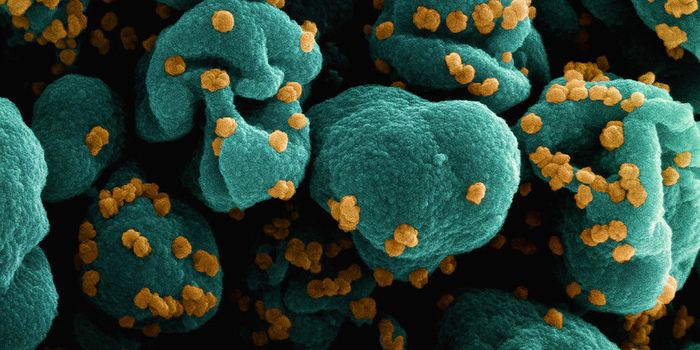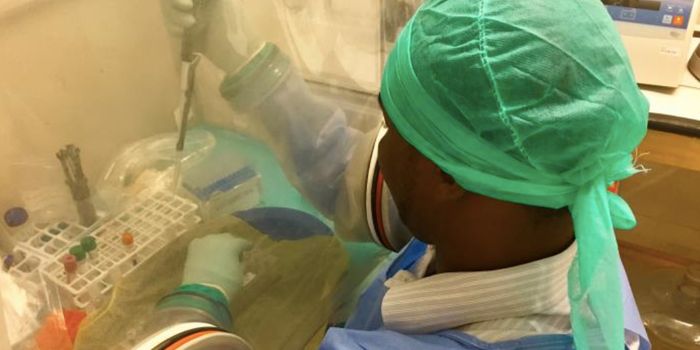Bacteria Can Time Their DNA Replications by the Circadian Clock
The circadian rhythm is the body's clock, and it influences physiology at the cellular level; it can help animals, including humans, know when it's time to eat, wake up or go to sleep. Recent work has shown that even bacteria respond to a circadian rhythm. Now scientists have found that a bacterium called Synechococcus elongatus, which is able to photosynthesize light, uses the circadian clock to time the replication of its DNA. If their circadian rhythm is interrupted, their DNA stops replicating, and chromosomes are left incomplete overnight. This work, which was reported in the Proceedings of the National Academy of Sciences (PNAS), may help us understand more about how circadian rhythms affect our bodies.
When the circadian rhythm in people is disrupted, it can affect our mood, but when it happens chronically, it can contribute to health problems, like mood disorders, obesity, and cancer.
"In most species we've studied, if the circadian rhythm is disrupted or permanently changed, it's bad for the animal's health, but no one has really been able to explain what goes wrong if your clock is in the wrong state all the time," said senior study author Michael Rust, Ph.D., an Associate Professor of Molecular Genetics and Cell Biology at the University of Chicago. "This cyanobacterial system is exciting because it gives us a chance to answer these mechanistic questions about how circadian rhythms are contributing to the health of an organism."
While humans and bacteria don't seem to have much in common, some very basic cellular processes have remained similar, like DNA replication.
"DNA replication is also a fundamental process, shared across species, which gave us a clue that it might be regulated by this clock," said first study author Yi Liao, Ph.D., a postdoctoral scholar in the Rust lab. "The evidence suggests that circadian rhythms have evolved multiple times among different species, so there must be something very fundamental and important that's shared among these different species."
In this bacteria, DNA replication takes a long time, making it an attractive model. "Some things are better to do during the day, like photosynthesis, while others are better at night, like fixing nitrogen. But DNA replication takes three to four hours to replicate the entire genome, so there's a fundamental need to predict the future. You commit to doing this thing and you don't know what the conditions will be like a few hours later," said Rust. "It seemed like maybe this process would use circadian rhythms to 'predict' the right time to start replication to ensure that it finishes during an optimal window of time."
In this study, the researchers used biochemical techniques, time-lapse fluorescent microscopy, and mathematical models to track the initiation, completion, and problems with DNA replication in the bacteria when they were exposed to different kinds of light, like normal light/dark cycles, constant illumination, and random periods of darkness.
Normally, the bacteria starts replicating DNA in the morning and stops at night. Even without a rising and setting sun, the circadian clock stayed in place, and DNA replication continued in the absence of environmental cues. If the bacteria's internal clock read morning, and the environment was unexpectedly dark, the DNA replication machinery halted and left the work unfinished.
"Many things are regulated by the circadian clock, but it is striking that it matters so much for DNA replication," said Rust. "If the clock is in the wrong state, it's the difference between completing the replication event, or the replication machinery falling apart completely."
Now there are more questions, noted Liao. "What is the fate of these unfinished chromosomes? Does this lead to mutations?" he said. "Maybe this is a major driving force in the evolution of the circadian clock - you want to avoid damaged DNA and unfinished chromosomes, so the clock has evolved multiple times in history to prevent those things from happening."
"One question that we still need to answer is whether or not this failure to complete DNA replication leads to mutation and genomic instability," said Rust.
Sources: Phys.org via University of Chicago Medical Center, PNAS










